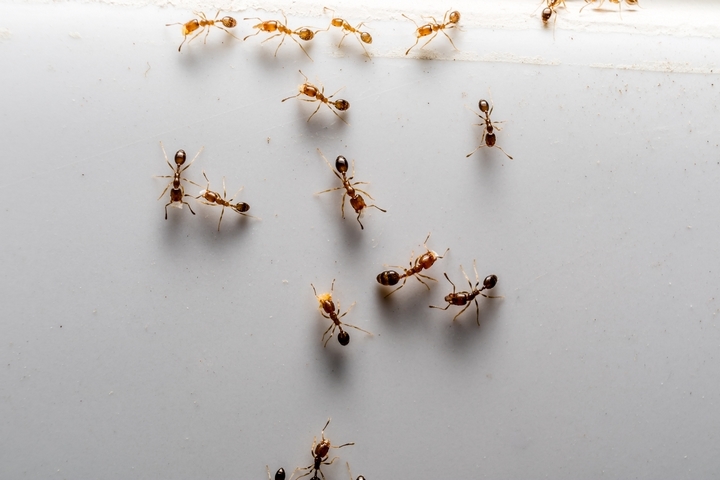The home is where the heart is, as the age-old adage goes. At the end of a long hard day, you can rest assured knowing you have a roof over your head. It is a comforting feeling, knowing that loved ones inside the premises can join you. Unfortunately, there may be other unwanted guests inside the home that you are not as fond of.
Some unwelcome critters could make a home inside the house depending on internal and external factors. For example, ants could develop a nest, which could be hidden from your very eyes.
If so, you must use the following tips to detect the nest before removing it.
1. Ant Presence
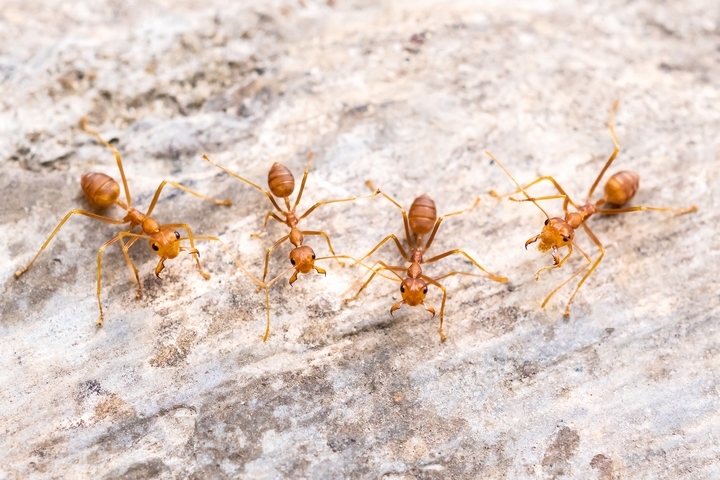
For starters, it is important to discern if you are dealing with ants. Despite their relatively small size, ants share many commonalities with their insect counterparts. Sometimes, an ant nest will be the least of your current worries. That is because some critters can be much more destructive than ants roaming your house.
Termites are an example of this; their presence could damage your interiors. They are known for digging their metaphorical heels in when trying to make your home their own house. Termites also travel in unique movements, usually through swarms.
If you are not dealing with their presence, you can move forward in looking for the ant nest.
2. Red Flags
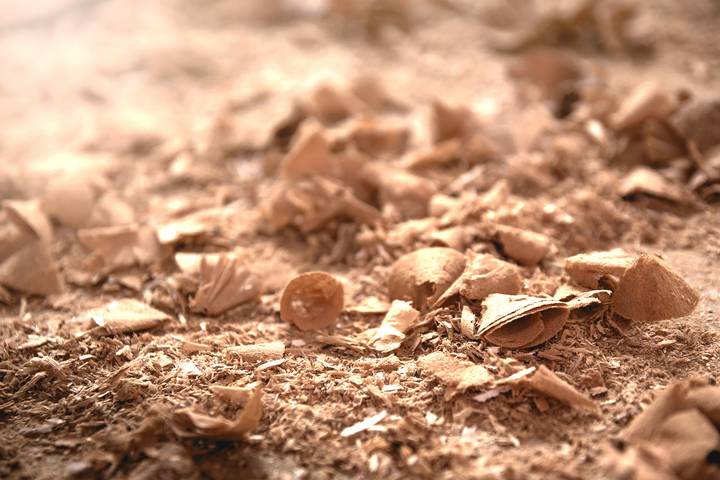
As is the case with any sort of insect, ants will leave behind various traces, indicating their presence. Ant nests can be hidden away from your direct view, but other red flags can bring their attention to you. Look for random wood shavings that may be hidden around the floor inside of your primary spaces.
If these are scattered, you may find it best to conduct a more meticulous investigation. Normally, ants travel in packs away from their nest, which could be burrowed in a wooden area. Thus, they will leave behind traces of wood in their navigation. It is the first step to finding out if an ant nest is around in your home!
3. Deceased Ants
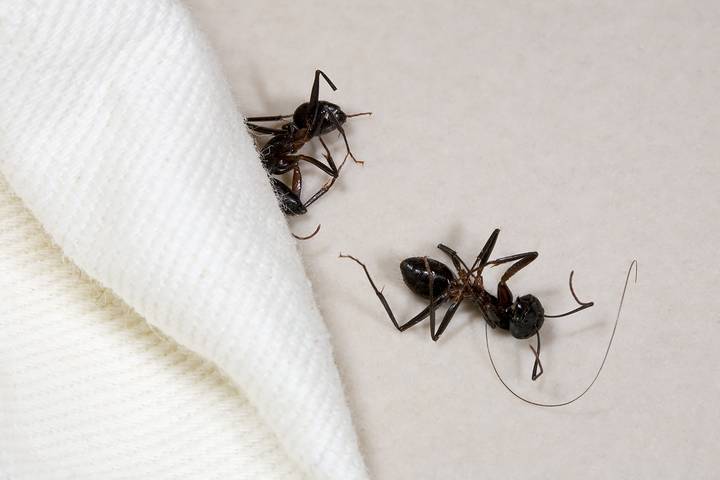
Some may not make it when ants use your home as their headquarters, and pest control becomes a necessity. Ants can accumulate in numbers if they install a nest in the home. If that happens, looking for dead ants near specific locations is in your best interest for effective pest control. As mentioned previously, wooden areas in the home can be the first place to look at.
A nest may be nearby if you find deceased ants around these parts. Piles of ants may also be present near the areas that have windows. They will use these entry points to enter and leave home as they prepare their nest. Do not let this rot, as they can grow their nest if not taken care of promptly!
4. Moisture Clues
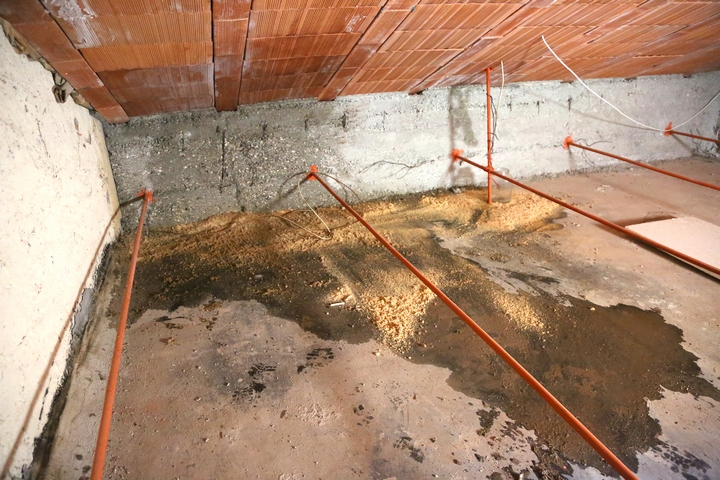
Insects are notorious for using moisture-ridden areas as a means of access into your home. The same sentiment applies to your home. If ants want to develop their nest, they will search for easy locations to build one. For example, some wooden areas may have become impaired due to moisture buildup.
As the wooden material weakens, ants will enter the affected area and start building. This is especially true for those who live in rainy climates. If the wood used to build your home’s infrastructure is not durable, it can be the basis for future ant nests. Be wary of this as you investigate further.
5. Using Bait
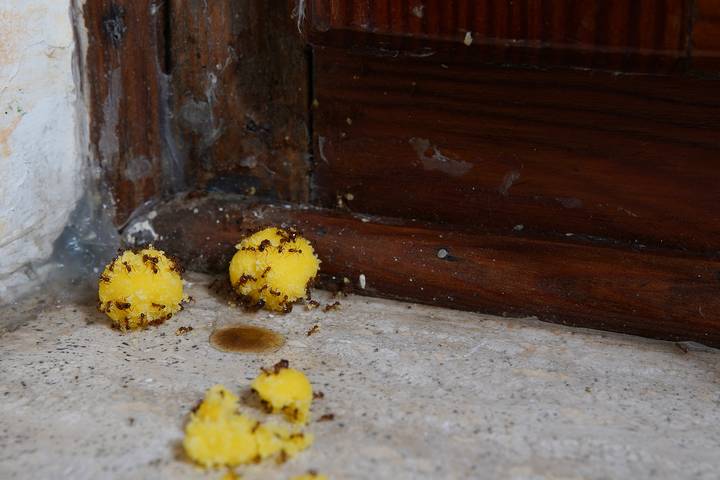
After discovering the ant nest, you must eliminate it quickly. One of the best strategies is bait, which can come from various products. Liquid bait can be applied near the ant nest, which draws in their numbers before eliminating them in full.
6. Other Products
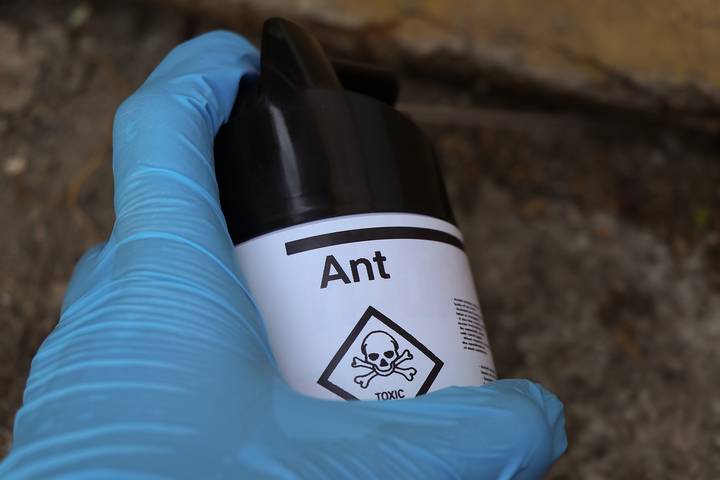
Like ant bait, other items could be used to eliminate large swaths of ants. Ant killer is a great material to use, which can be applied to wooden cracks or gaps in the house. Since many ants use these areas as access, killers can remove them on sight.
7. Look Outdoors
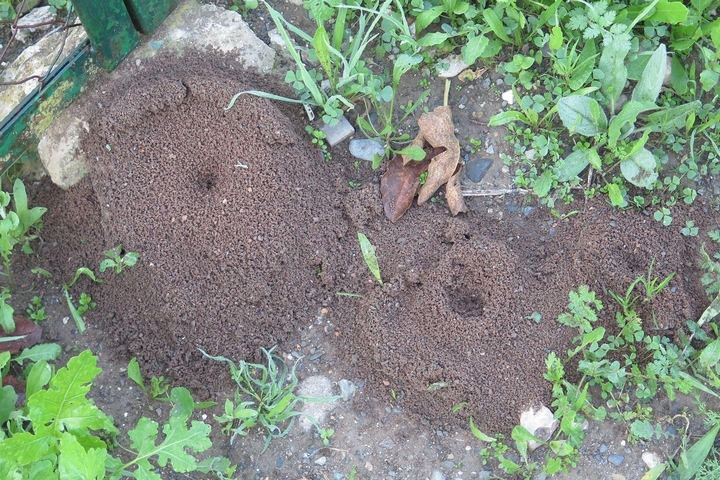
Ants may try to build their nest inside your home, but it is also encouraged to look around the premises. Investigate the exterior of your house, such as in your yard. In some cases, they may be building a nest in these areas before attempting to enter the house!

